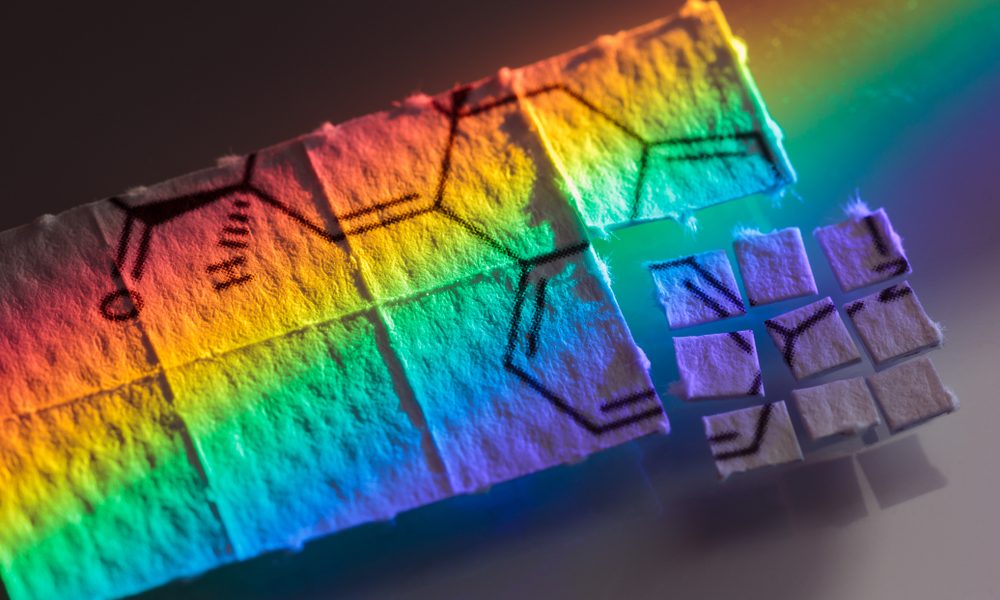
in this article
- Introduction
- What is microdosing?
- Why do people microdose?
- Does it work?
- The Science of Psychedelics
- The Science of Microdosing
- The Anecdotal Data
- The Double-Blind
- How to Microdose
- Conclusion
Are you 18 or older?
Please confirm that your are 18 years of age or older.
You are not allowed to access the page.



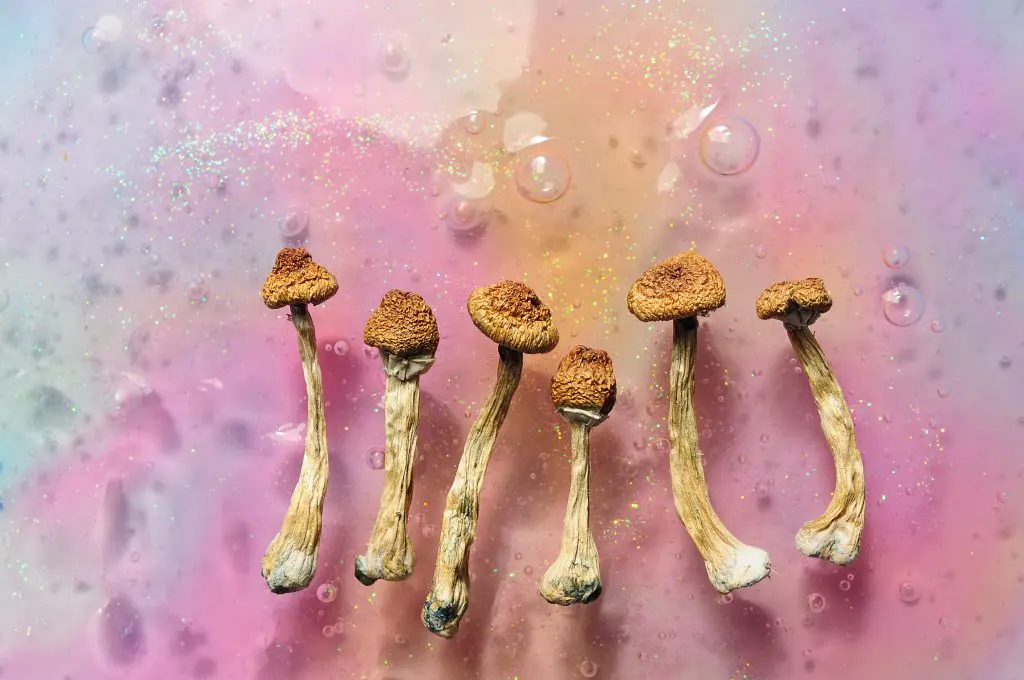
Disclaimer: The views and opinions expressed in this article are those of the authors and do not necessarily reflect the official policy or position of Chemical Collective or any associated parties.
Last updated on 2nd May 2024.
Note: You can jump to the guide on how to microdose by clicking on the “How to microdose” section in the table of contents.
Ever since the publication of a ‘2011 book, The Psychedelic Explorer’s Guide’, the controversial practice of ‘microdosing’ has rocketed into the public consciousness. Online communities have appeared on sites and forums, such as Reddit, where people share their experiences and methods with almost universally positive results. In a Wired article from 2016 they document the rapid increase in the subscriber base of r/microdosing (the most well-known microdosing community on Reddit), ‘from just 1,600 at the start of 2015 to almost 7,500 in mid-June 2016’. To truly illustrate the sheer scale of this massive increase in popularity and public awareness in the last several years, I checked subscriber count today. r/microdosing has now truly ballooned in size, with more than 170,000 members and counting [update 2024: 2 1/2 years later, the number has risen to 270,000!] . Microdosing, then, is indeed on the brink of hitting the mainstream.
But what is it? And why all the fuss?
Microdosing is the structured, regular usage of very small doses of psychedelic substances like DMT, LSD, or psilocybin mushrooms. The doses taken as part of this practice are not recreational and are below a level that would cause hallucinations.
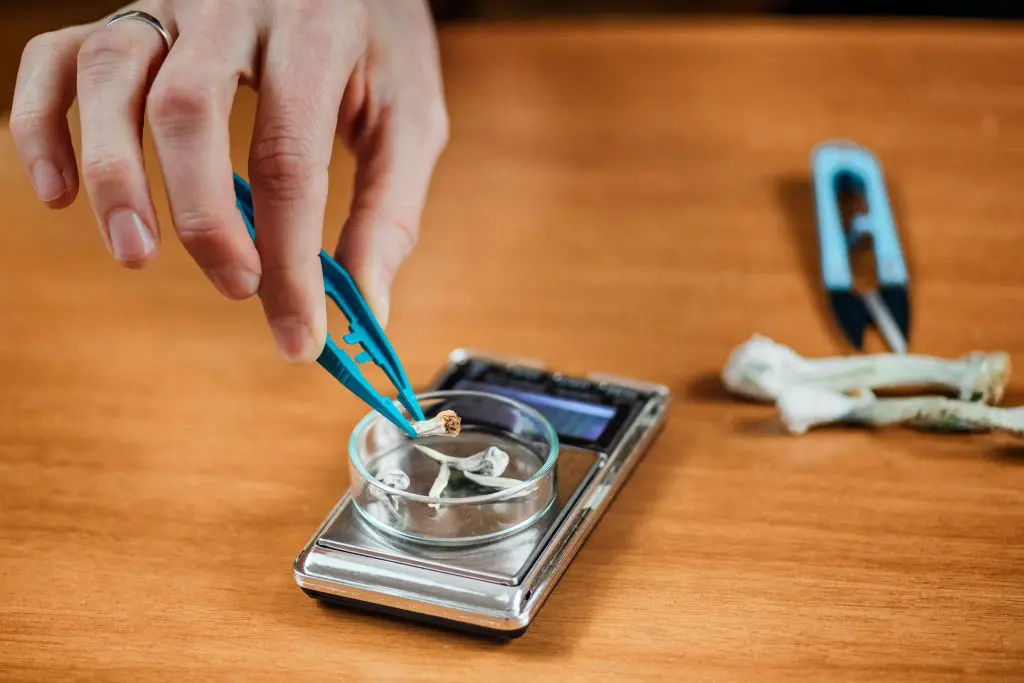
Microdosers are not looking to get high, meet God, feel one with the universe, or touch untold hidden realities. Rather, they often use these substances to alleviate mental health conditions such as PTSD, anxiety, or physical ailments, such as chronic pain and cluster headaches. However, there is also a growing trend in which microdosing is used less as a form of medication and more akin to a nootropic supplement, intended to improve cognition and enhance creativity.
There are thousands of positive reports online proselytising the miraculously curative effects of microdosing on many conditions and its ability to stimulate creativity. However, due to the continued illegality of the substances involved, only a minimal amount of scientific research on this practice has been carried out, so the efficacy of the reportedly therapeutic effects remains unproven. Harriet de Wit, an experimental psychologist at the University of Chicago, says:
Before we discuss the efficacy of the practice of microdosing itself, I think it best to first explore how psychedelics themselves actually work.
Psychedelics’ potential benefits have been illustrated in multiple studies for many years. However, ‘there was a 40-year pause on psychedelic research following the prohibition of these substances‘ and while prohibition has persisted, regulation of these substances is only now beginning to be relaxed, and studies are beginning once more.
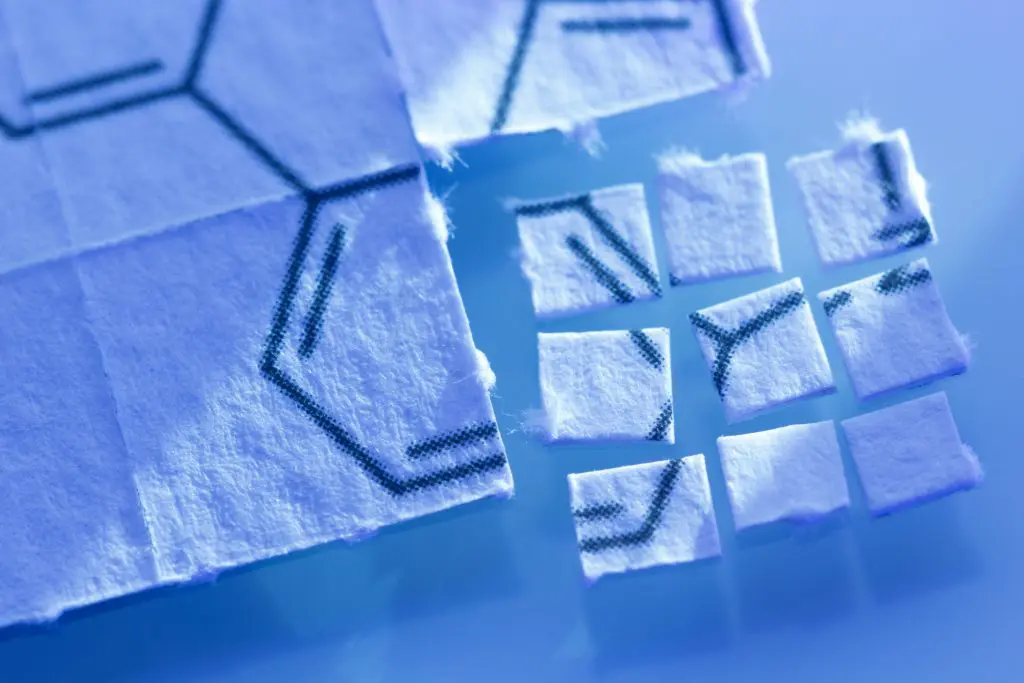
Our current understanding states that psychedelics primarily impact what is known as the serotonin system in the brain. Serotonin is a neurotransmitter, a chemical messenger, which assists nerves cells’ ability to communicate with other cells in the body. You may previously have heard serotonin described as the ‘happy chemical’, but its effects are much more complicated than that alone.
Issues with the function of the serotonin system are believed to be at least partially responsible for a number of psychiatric conditions. For example, ‘depression, anorexia, schizophrenia, insomnia. Moreover, it is also associated with other diseases, such as Parkinson’s and Alzheimer’s.
Serotonin is necessary for many functions throughout the body, and it is believed that these effects are produced by what are called serotonin 5h2a receptors. Serotonin sticks to these receptors to either stimulate or block the release of serotonin into the central nervous system. While we do not fully understand how this system works, it is believed to be the mechanism by which psychedelics affect us.
‘Taken from the Latin word for “hidden or shut away.” The claustrum is an extremely thin sheet of neurons deep within the cortex.’ Tendrils reach out from the claustrum to all other areas of the brain. Francis Crick (discoverer of the DNA molecule) theorized that the claustrum is the seat of consciousness, responsible for awareness and sense of self. This area of the brain contains a particularly large number of 5h2a receptors.
To investigate the effects of psychedelics on the claustrum, researchers at Johns Hopkins Medicine compared the brain scans of people after they took psilocybin with scans of individuals who had taken a placebo.
The scans after psilocybin use showed less activity in the claustrum region, which means that during psilocybin usage, the parts of the brain that we believe to be in control of attention and decision-making are turned down. I would agree with the researchers who stated that this turning down of cognition in the claustrum lines up perfectly with the well-known effects of psychedelics that people report. I can attest to these effects; the feeling of connection with not only the earth but the universe, as a whole, and the destruction of the ego, or sense of self.
Some studies even suggest that psychedelics and their effects on serotonin release lead to an increase in the brain’s neuroplasticity. Neuroplasticity is the brain’s ability to create new connections. This phenomenon may go even further towards explaining the powerful effects of these chemicals.
So, I think we can conclude that while we may not yet know the specifics of psychedelics’ effects on us, it is certain that they have a powerful impact on our consciousness, and therefore likely that these effects can be applied to a variety of conditions.

It has also been suggested ‘that the intensity or quality of the psychedelic experience seems to contribute to its therapeutic effect.’
So, as the amount of research on psychedelics increases in scale and complexity, the data appears incredibly positive in terms of the potential therapeutic effects. However, microdosing lacks the intense experience of a full dose trip, which research reveals is a large factor in the substances’ subsequent effects. So, while challenging experiences may be lessened with lower doses, one might assume the positive effects associated with these substances may also decrease.
The recent, rapid rise in interest for microdosing can be traced back to a book called, ‘The Psychedelic Explorer’s Guide, by James Fadiman.’ This was the first widely published book to describe what the process of microdosing involves.
Fadiman outlined the purported benefits of regular microdosing, with a recommendation to follow a three-day cycle, and guidelines for appropriate doses.
Microdosing is when users take psychedelics at doses of roughly 5 to 10% of a standard recreational dose. The theory is that, despite the fairly negligible amounts of the particular substance that are being consumed, the dose will still bring about some of the potential effects and benefits seen with full doses. The main perceived benefit of microdosing, as opposed to macrodosing, is that microdoses do not result in the powerful and sometimes uncomfortable or frightening hallucinations and sensations psychedelics can cause.
Firstly, the historical data relating to microdosing seems positive, in terms of providing evidence of its potential therapeutic benefits. Psychedelics themselves have been a part of human life since the onset of culture. ‘Anthropological reports indicate that many traditional cultures incorporated use of psychedelic plants such as peyote, morning glory seeds and psilocybin containing mushrooms into many aspects of daily life.’
Not only were ‘these substances used as a catalyst for ritual religious experience’ tribal societies have also used psychedelics at low doses ‘as an aphrodisiac, to reduce hunger, inspire courage, nullify pain, and to treat ailments such as gout and syphilis.’
Examples of modern, anecdotal data are many, and all seem to have similar, or identical results.
A self-reported, questionnaire-based survey from February 2019 observed that ‘people who microdosed LSD or psilocybin were more open-minded, experienced better moods, and felt more creative.’
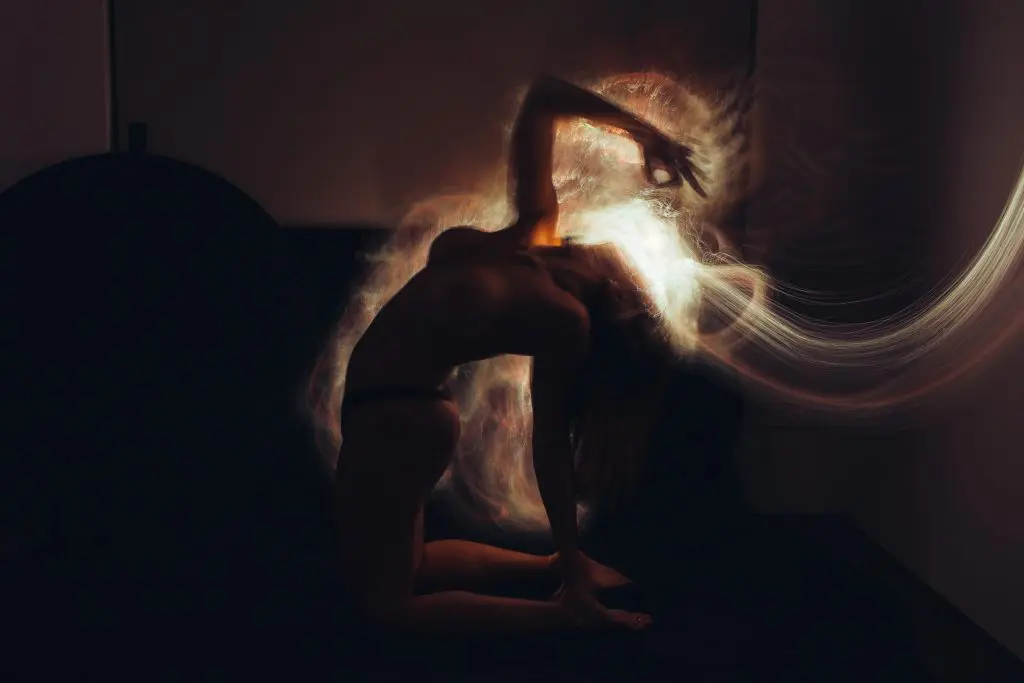
Another study that same year ‘found people who microdosed psychedelics regularly reported better mental health and a better ability to focus.’ It appears that, throughout the anecdotal data, improvements in mood, and mental well-being are the most commonly mentioned benefits.
While studies such as these are an essential first step in our research into microdosing, there are a lot of issues with this method of gathering data. For instance, it has been argued that ‘the big problem with people using microdoses in a natural situation is that they go in with very strong expectations… [Placebo-controlled trials] are the only way you can really see whether any of these claims are true’
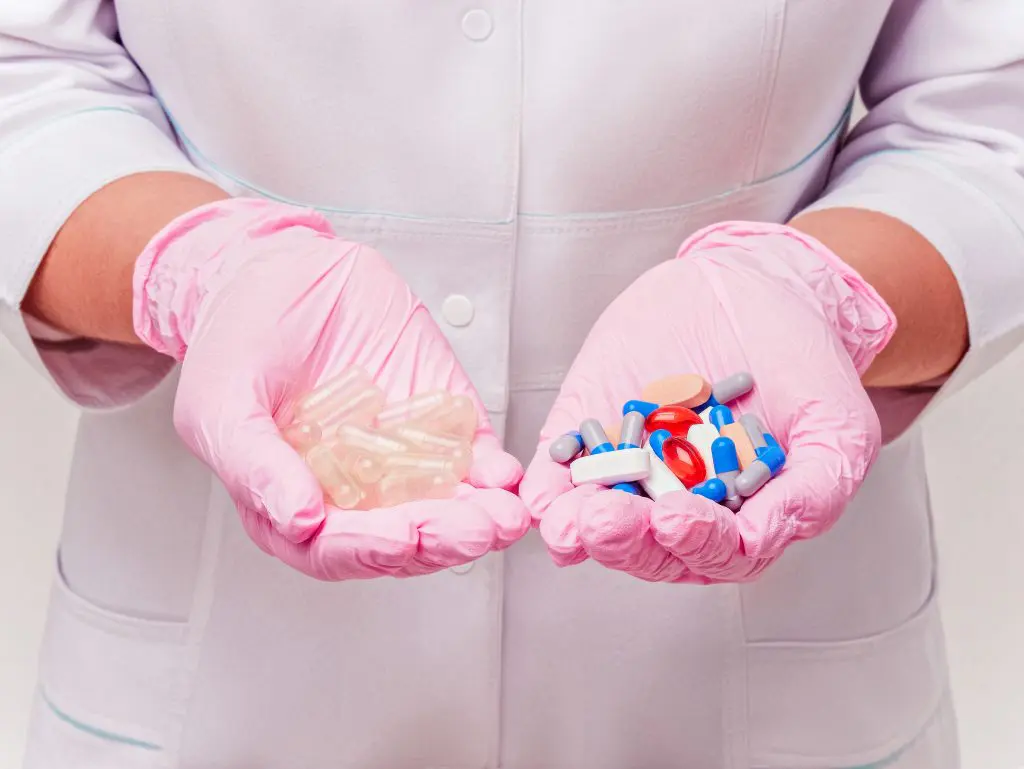
There have only been a small few scientifically viable studies carried out on microdosing. The first we will discuss is a study from March 2020, from researchers at Imperial College London, who attempted to gain more insight into this potential real-world usage of the practice of microdosing.
The researchers also found that within several hours of consuming a microdose, participants described improvements in mood, creativity and anxiety.
However, some participants who thought they were given a microdose, but who actually received a placebo, also reported similar effects. ‘This means that the expectation of taking a microdose was as good as actually taking a microdose, showing a strong placebo effect.’
While this study does appear to suggest that placebo may be a contributing factor into the effects of microdosing, others counter this.
At the forefront of modern microdosing research is the Beckley Foundation/Maastricht Microdosing Research Programme in the Netherlands, co-directed by Amanda Feilding and Prof Jan Ramaekers.
They recently completed the first trial into microdosing LSD. The motivation behind this research was ‘to fully address [whether] microdosing really [has] beneficial effects or is it all placebo’
The first data discovered in this study appears to reveal the analgesic, or pain-relieving effects of microdosing LSD, and also that microdosing increases the level in the blood of a protein implicated in the growth and differentiation of new neurons and synapses.
Effects on cognition were also apparent, especially at the higher limit of dosage (20μg) ‘which is at the upper limit of what is generally considered a microdose.’
At this dose in particular, participants reported increased positive mood, vigor, and friendliness compared to placebo.
However, despite all these positives, which do appear to counter the previous experiment’s results completely, the investigators at the Beckley Foundation are still somewhat hamstrung by an outdated legal system and real-world, scientifically approved applications of psychedelics still seem a long way off.
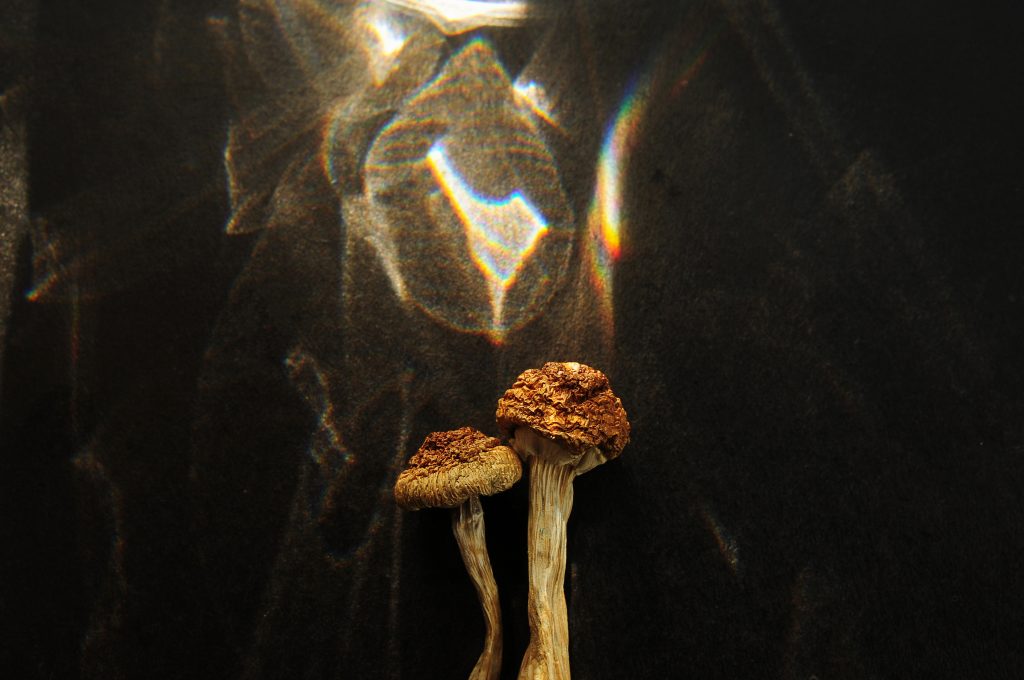
I have chosen to include Dr Fadiman’s method, as he was very much responsible for bringing microdosing into the public consciousness.
He suggests one dose every three days to avoid tolerance to the particular chemical becoming an issue.
‘The first day you feel great. The second day you would feel half of that. And the third day you won’t feel anything.
Fadiman’s Dosing Schedule
|
|
Monday | Tuesday | Wednesday | Thursday | Friday | Saturday | Sunday |
| Week 1 | Dose | Dose | Dose | ||||
| Week 2 | Dose | Dose | |||||
| Week 3 | Dose | Dose | |||||
| Week 4 | Dose | Dose | Dose |
Week 1: Mon/Thu/Sun
Week 2: Wed/Sat
Week 3: Tue/Fri
Week 4: Mon/Thu/Sun
It is suggested to start on the lowest dosage, continue for one cycle, assess effects, and alter the dosage as appropriate.
It is important to track the effects throughout to get an idea of your individual reactions to your chosen substance.
The following areas may be a good starting point:
How do you feel emotionally?
How do you feel socially?
How do you feel Physically?
Mental and Creative capacities – Try drawing, or writing for example.
There is not yet enough data available to say categorically, in a way that will satisfy the lawmakers, that microdosing is effective, though this appears to be changing. A variety of data does seem to suggest it is at least having some considerable impact, along with the ever-increasing anecdotal data.
Far more study into the practice is necessary before we have a complete, accurate picture of its effectiveness. This makes it necessary to exercise a high level of caution when experimenting with these substances. They are powerful, and therefore need to be treated with the utmost respect.
Long may it continue.
Updated on Monday 8th August 2022: The following are some links to relevant studies for anyone seeking additional information on microdosing.
We’ll keep adding to this list over time. Please feel free to contact us with any more relevant information you feel would be good to add to this list.
David Blackbourn | Community Blogger at Chemical Collective
David is one of our community bloggers here at Chemical Collective. If you’re interested in joining our blogging team and getting paid to write about subjects you’re passionate about, please reach out to David via email at blog@chemical-collective.com

Welcome to Chemical Collective.
Create an account to earn 200 welcome points.
Already have an account? Sign in


Check out our Community Blog and get involved with the conversation. You will be awarded 50 x ChemCoins for each comment up to a limit of 250 total ChemCoins.


Have you purchased any of our products? Reviews and reports are so important to the community. Share your honest opinion, and we’ll reward you with 50 ChemCoins for each review!


Every time you complete an order with us, you’ll be awarded ChemCoins for each Euro spent.
Welcome to Chemical Collective.
Create an account to earn 200 welcome points.
Already have an account? Sign in

Earn commission every time someone makes a purchase through your link.
When you become an affiliate, you will be allocated a unique link to share with your friends, followers, subscribers, or Aunt Susan.
You can choose to payout the commission earned once per month, or save it up to receive on a rainy day! Commission earned is 5% of the total order value per referral.
Contact us to join the Chemical Collective family and become an affiliate.
share your toughts
Join the Conversation.
This is my first time pay a quick visit at here and i am
actually pleassant to read all at alone place.
I love your blog.. very nice colors & theme.
Did you make this website yourself or did you hire someone to do it for you?
Plz answer back as I’m looking to construct my own blog and would like to
find out where u got this from. thanks a lot
The most interesting one! Lsd micro dosing is the same?
I hearded that ketamine is also a very good one for trying, but at least in spravato is a very good dose of k!
very insightful and helpful would recommend it to beginners
I Would Explain it to You…
Interesting i have been thinking of buying your 1v-lsd pills for a while
Thank’s for this sourced article, I ordered some 20µg 1cp-lsd to give it a try.
Microdosing helped me a lot
Peut on microdoser la dmxe?
Merci
I have to say that this goes again Mckenna’s ‘heroic dose’ philosophy. I think part of the experience is the initial fear that dissipates along with your ego.
I think you conviced me mate (:
I have always had an issue with supply that prevented microdosing, I am hopeful that that may change soon.
I’ve tried microdosing it really made more creative and energetic i can recommend 100%
Awesome article, David. Well said!
very interresting, i’m probably going to try it myself soon (:
I am microdosing shrooms to treat depressiôn
Will definitely try the Fadiman’s Dosing Schedule! Never heard of it before. Thank you for this awesome blog post!
Personally, I haven’t really experienced any benefit from microdosing besides a small improvement in reducing inattentiveness (lysergamides) or increasing creativity (psilocybin). Having said that, the science is not yet out so who knows.
I’m Lucky to found myself reacting to micro dosing ! Works for me ! Less anxious, colors more vids, concentration is better, imagination is positive :)) a life changer in my case
Microdosing appears to be very individual. It didn’t do anything for me or other people I know but helps so many others
I have experienced microdosind 1p-lsd and it didn’t changed anything in my life, maybe i should retry or maybe i’m just not the good person
The writer covers the research very well. We really don’t know much at this point, except for a few weak studies and anecdotal reports. The good news is that psychedelics are currently being extensively researched, and we’ll see more study results in the coming years. In my own experience, I think microdoses might have some potential for productivity. I found myself much more relaxed and focused, whilst completing mundane tasks. I suppose I was in ‘The felt presence of immediate experience’, as Mckenna called it. I still think that higher doses are needed for therapeutic use.
Microdosing for making music is absolutely amazing.
Damn, this is so scientific, I love it
Well written and informative, thanks!